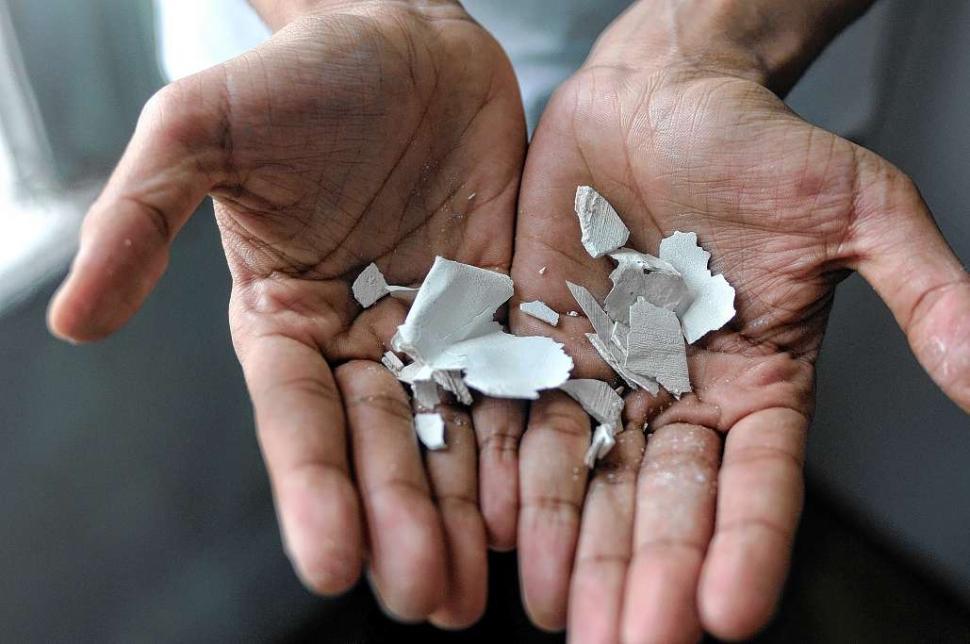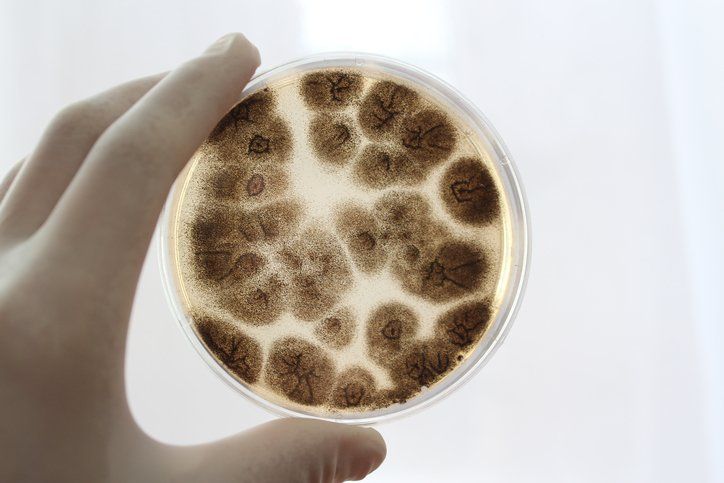CALL FOR TESTING & INSPECTION SERVICE | 888-575-6354
STAY UPDATED WITH OUR USEFUL ARTICLES
At Exclusive Testing Labs Inc., we prioritize your safety and health by providing a comprehensive range of testing and abatement services in White Plains, Bronx, Brooklyn, Manhattan, and Westchester County, NY. Our certified technicians utilize state-of-the-art technology to identify and address hazardous concerns such as asbestos, mold, and lead, ensuring your home or business remains a safe and risk-free environment.
We offer a variety of services including asbestos testing and abatement, mold testing and abatement, lead testing and abatement, as well as air quality and soil testing. Whether you're undergoing a real estate transaction or simply want to ensure your property meets health standards, our testing solutions are here to provide peace of mind. Additionally, we offer consultations for abatement and remediation, guiding you every step of the way.
Stay informed by reading our articles below and do not hesitate to reach out to our team if you are interested in learning more about our services or would like to schedule a consultation.

Proudly serving: Manhattan, NY Brooklyn, NY The Bronx White Plains, NY Westchester County, NY
Exclusive Testing Labs, Inc.
Main Address: 60 Brook St., Croton-on-Hudson, NY 10520
Field Garage: 2266 Quimby Ave, Bronx, New York
Phone: 888-575-6354





